World War ll Brystol Nachtigal
Appeasement
Appeasement is not a good policy because it led to too much destruction. Hitler was able to remilitarize the German army and started many invasions and attacks. They were willing, at first, to give in to his demands in order to keep the peace as much as possible. But maybe the war could've been stopped quicker or the consequences and aftermath less drastic if they didn't approach Germany with appeasement. They should have realized that appeasement may not always be the safest, least destructive route.
GERMANY: The Schleiffan Plan
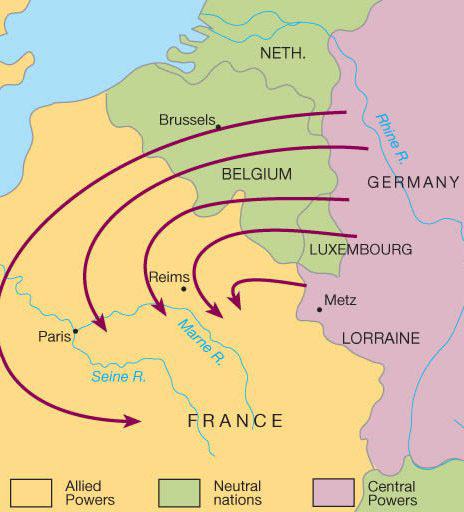
The first step for Germany in this plan was the Non-Aggression Pact signed between the Soviet Union and Germany. This meant that the two countries would stay on peaceful terms and avoid fighting each other in the event of war. The next step of their plan was to attack France, a surprise attack. They went through Belgium, who was neutral, and defeated France and occupied it. In celebration, the Germans marched on the street Champs-Elysee. The following step was to gain control of and isolate Great Britain. They proceeded with bomb raids mostly on London, the capital. The final part of the plan was to attack Russia. He breaks the Non-Aggression Pact and sends troops to Russia. The plan falls apart and is thrown off when Britain and Russia continue to fight and push through instead of surrendering.
OVERVIEW: Allies
Before the US declared war, the Allies were not doing well. Britain was about ready to collapse and the Soviet Union was staggering. Allied strongholds in the Pacific were falling to Japanese forces.
America's Involvement
Before America declared war, they were considered neutral, although they were involved. The US promoted different organizations and programs for the war. For example, the Lend-Lease program sent american weapons and ammunition to aid warring countries while still withholding their men. Another program was the Atlantic Charter. This organization laid the ground work for advocacy on behalf of universal human rights. It was for restoration purposes after the war. It stated that there would be no territorial changes and countries could choose their form of government. In addition to this, a new League of Nations would be formed. So while the US was technically neutral, they found ways to support countries fighting. They did what they could to ensure a safe and peaceful world after the war was over.
6 Word Stories
- September 1, 1939 // Germany invades Poland the war ignites
- June 6, 1944 // Allies fight for liberation of Europe
- May 8, 1945 // Germany surrenders Great Britain & America celebrate
- August 6, 1945 // American atomic bombs dropped on Hiroshima
- September 2, 1945 // Japan surrenders to Allies war ends
Pearl Harbor
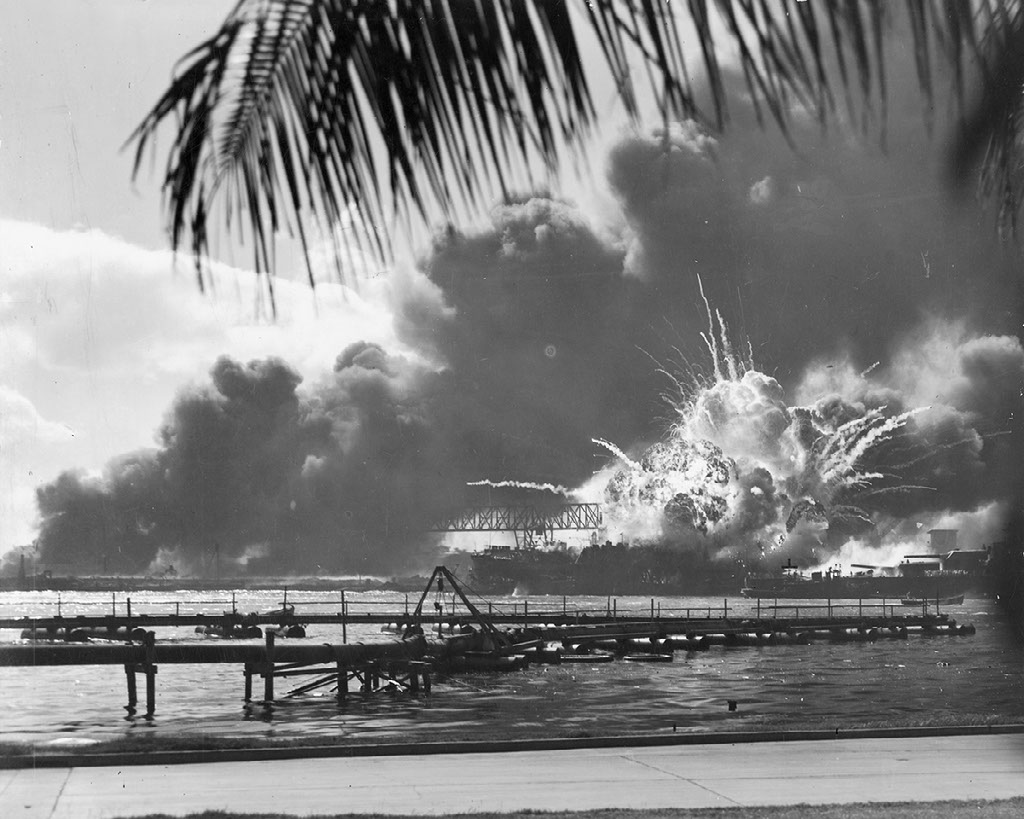
On December 7, 1941 Japanese fighter planes set out to bomb Pearl Harbor in Oahu, Hawaii. This attack was a surprise for the US and caused a lot of damage. The Japanese released two waves of attack planes. A total of 350 planes were headed for Oahu. Bombs fell on airbase fields and destroyed US planes, like in Wheeler Field. US ships took many hits and most were sunk. The US came from California to try to help, but they became new targets. When the second attack hit, it wasn't so much of a surprise. More airfields, hangars, and battleships were hit. When the attack was finally over, 21 out of 181 vessels were sunk or damaged. A lot of airplanes were destroyed. A total of 2,390 people lost their lives. On December 8, the US declared war.
Click this button to catch an interactive timeline of the events of Pearl Harbor.
The U.S.S. Arizona
The U.S.S. Arizona was a battleship that was build in mid-1910s for the US Navy.
During the attack on Pearl Harbor, the U.S.S. Arizona was bombed. It exploded and sunk. Over 1,000 officers and crewmen were killed. The ship could not be fully salvaged.
In memory of this tragedy, a memorial was built. It was constructed in 1962. The building sits right above the sunken ship. The memorial receives more than 2 million visitors a year.
Edits of FDR's Day of Infamy Speech

In the first line, FDR changed the phrase "world history" to "infamy". The word infamy means the state of being well known for some bad quality or deed. The edit in this line takes it to a different level. Previously, he was saying that this date would live in world history. But using the word infamy is saying that not only will this date be down in history, it will be a day that is forever marked by the horrible deed of the Japanese and tragedy in America.

The edit made in this excerpt, adding "still in", makes an impact on the sentence's meaning. By inserting this, it illustrates the fact the attack was a surprise. He said this to articulate that Japan is no longer trustworthy because we were still at peace with them. And now that they have attacked, we cannot be at peace with them.
Four Freedoms
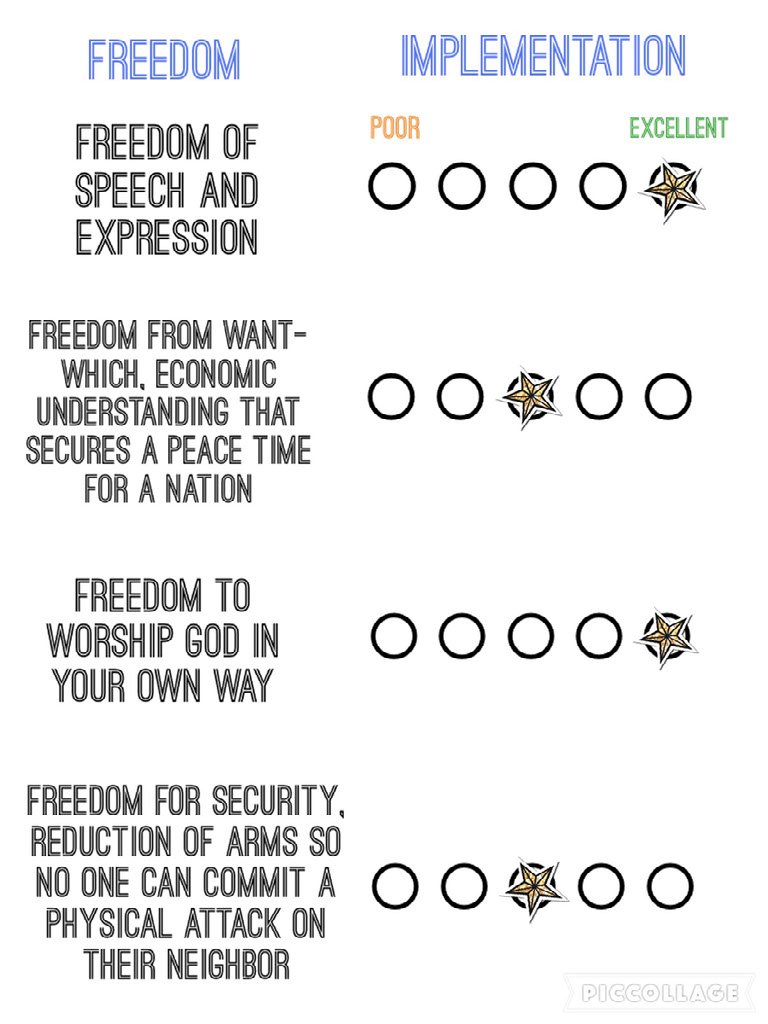
American Propoganda

This is an example of a propaganda poster that was used during World War II. This poster is trying to get the women who stay at home conserve their food and other resources by growing their own gardens to provide for themselves. One of the key phrases is "Dig for Victory", key word: victory. This poster is trying to get people to do this by enticing them with victory, that if they do this it will help end the war. This type of propaganda is glittering generality. It is an idea that they want people to live by. An image similar to this I don't think would have to same impact today. Because they the economy was still not in great shape, there was more strife. Now, times are not as hard so people would not have to go to this extreme.
Women in the Workforce
During the war, women began to rise up to the occasion. The pictures above became popular icons that represented the women who went into factories to produce war supplies. Women would often take over jobs for men who were serving in the military. Rosie the Riveter became a common symbol of feminism and women's economic power. Government advertising and commercial posters were used to encourage women to volunteer for wartime service.
Weapons in War
One of the biggest technological advances during the war, and a helpful weapon, was the radar. Aircraft were equipped with radar that was advantageous against submarines. Another smart weapon was a code-breaking operation created by Hitler's scientists. ENIGMA was an encryption machine. The machine offered millions of ways to code a message. Although these are not exactly guns or bombs, they proved effective in the war for both the Allies and Germany.
Letter to Home
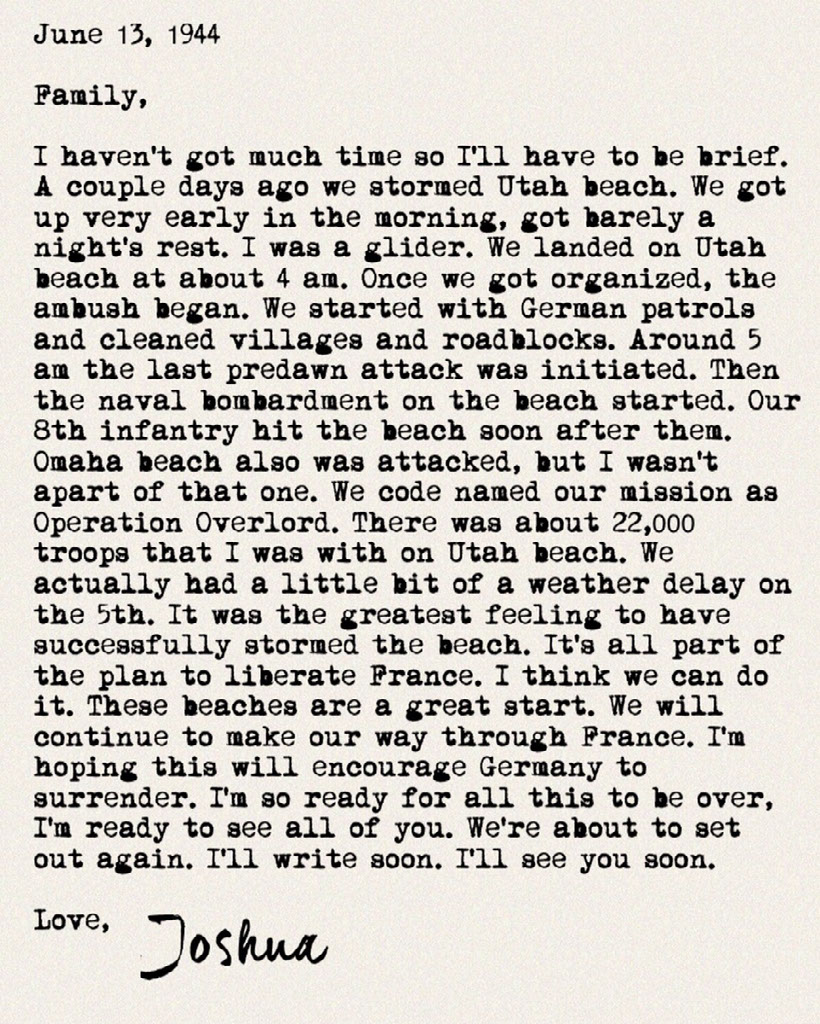
Battle of the Bulge
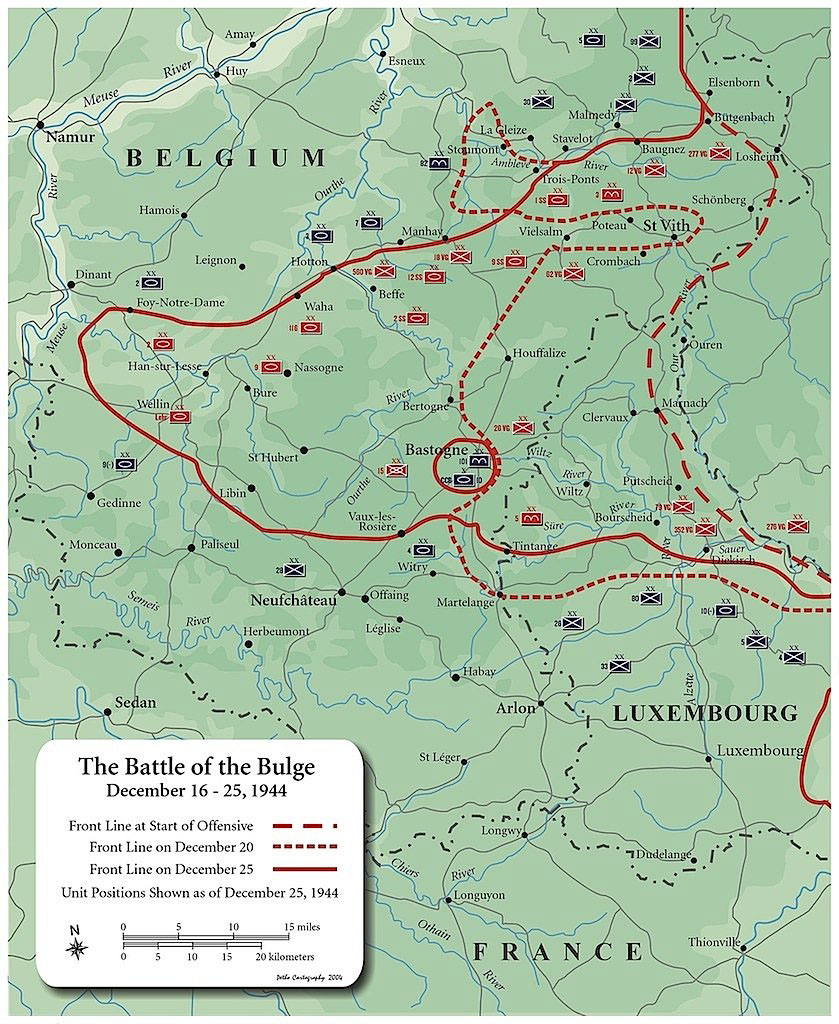
Bastogne, Belgium was an important city. It would be a huge asset to the winner of the battle. Bastogne was a hub city. It had major roads and railroads. It was great for transportation of materials and people. That is why it was so important to win this particular battle.
Roosevelt's Fourth Term
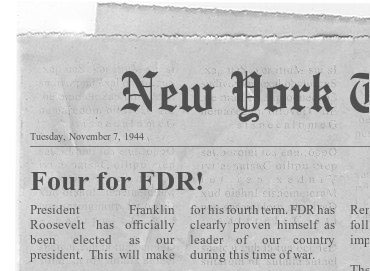
After the Surrender: The fate of Germany
On May 8, 1945, German officers signed an unconditional surrender. The US withdrew their forces a little from central Germany. Britain, France, Soviet Union, and the United States divided Germany into four occupies zones. Joseph Stalin constructed the People's Republic of Germany with its capital in Berlin. The Federal Public of Germany, sponsored by the western powers, was headquartered in Bonn.
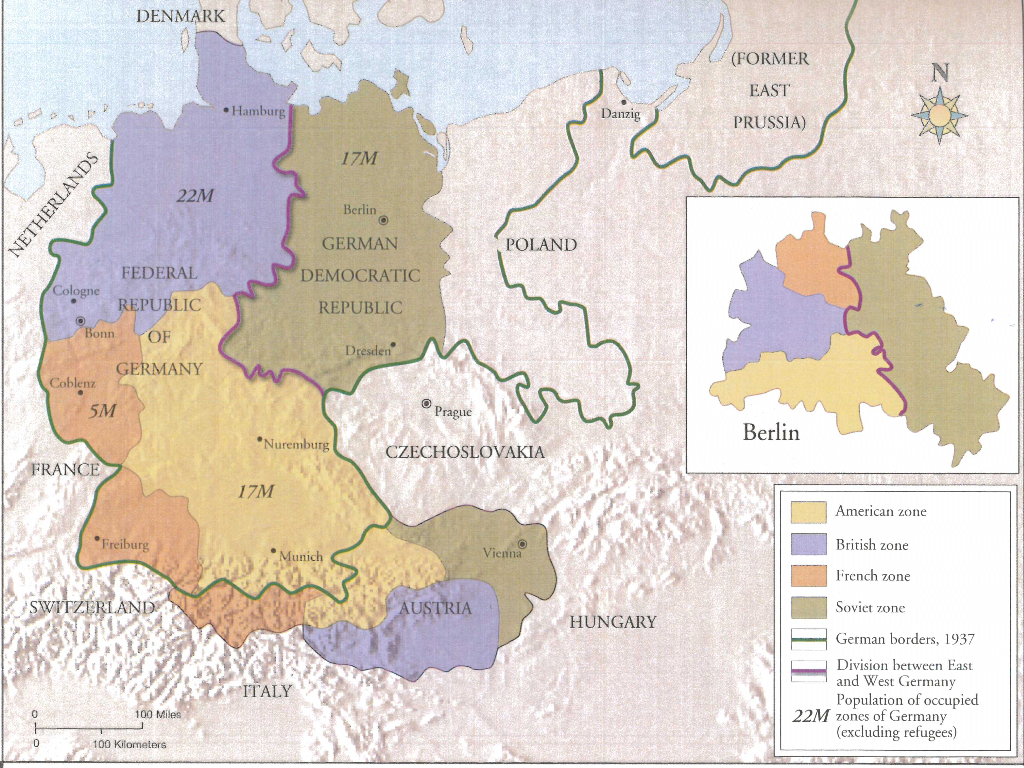
U.S. Strategy in the Pacific
In the war of the Pacific, there was no unified command. This resulted in makeshift compromise military decisions and actions. Commander of the US army, General Douglas MacArthur, wanted an offensive launch from his headquarters located in Australia that would proceed through New Guinea and the Philippines. MacArthur professed that controlling the Philippines at the end of the war would advance US strategic interests. In contradiction, Midway hero Admiral Nimitz saw strategic assessments differently. He went for a direct advance toward Japan, across the smaller part of the central Pacific. He thought that this push against Japan would be favorable over the Philippines. Both strategies were given the go ahead. MacArthur's forces took New Guinea, and Nimitz's forces freed the Marshall Islands and the Marianas.
The Battle of Iwo Jima
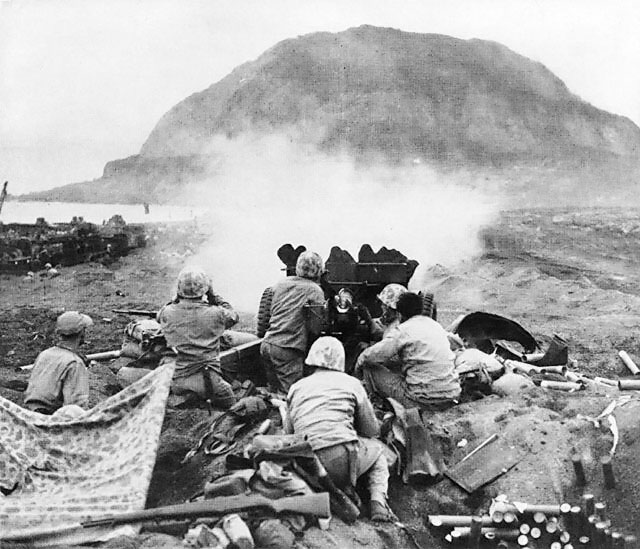
The attack on Iwo Jima was decided as a new target because the US did not have adequate troops, ships, and bombers to invade Formosa as they had originally planned. Iwo Jima is located a couple hundred miles south of Japan. The island itself is very small. The attack began on February 19 when American ships bombarded the island. What they didn't know was that 23,000 defenders were hiding out in deep fortifications in Mount Suribachi. They waited until the Americans landed and were inland when they open fired. The United States employed three marine divisions in the assault. It was expected to last a few days with about 10,000 casualties but actually resulted in 25,000 casualties and took a month. Over 21,000 Japanese bodies were counted. 1,000 surrendered , most of whom were wounded or weak with disease.
America's Atomic Bombs
The atomic bomb that was released on the island of Hiroshima created devastatingly destructive results. The loss of lives was over one third of the population. So what justifies their reasoning for dropping it? That definitely helped secure a victory and end in the war. I think they did what they had to do to ensure the safety of America. It did help move the war the along and closer to a Japanese surrender. Although it is heartbreaking to hear about all the destruction it caused, I think when you are in a time of war, drastic measures must be taken. I would've preferred something that didn't quite so much human life but I feel like they would have taken that option if there was one. Or at least I hope they would have. I have based my opinion off of a document that Harry S. Truman released on a radio address.
"Having found the bomb, we have used it. We have used it against those who attacked us without warning at Pearl Harbor, against those who have starved and beaten and executed American prisoners of war, against those who have abandoned the pretense of obeying international laws of warfare. We have used it in order to shorten the agony of war, in order to save the lives of thousands and thousands of young Americans. We shall continue to use it until we completely destroy Japan's power to make war. Only a Japanese will surrender will stop us."
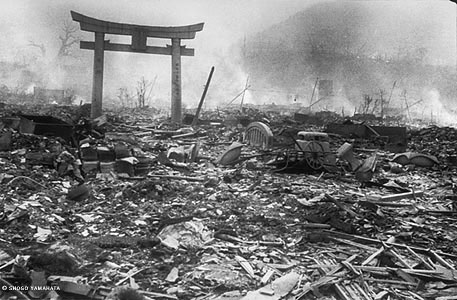
Click on this button to see what the devastation would be like if your hometown was bombed by an atomic bomb.
One last thing...
World War II is the most devastating wars in history as far as human life. Click the button and take a look at this video to gain some perspective.
World War II
1939-1945
Cites
Information:
History.com Staff. "German-Soviet Nonaggression Pact." History.com. A&E Television Networks, 01 Jan. 2009. Web. 19 Apr. 2016.
"Germans Invade Poland." History.com. A&E Television Networks. Web. 19 Apr. 2016.
"History.com." History.com. A&E Television Networks. Web. 19 Apr. 2016.
History.com Staff. "Pearl Harbor." History.com. A&E Television Networks, 01 Jan. 2009. Web. 19 Apr. 2016.
"USS Arizona Memorial." Wikipedia. Wikimedia Foundation. Web. 19 Apr. 2016
"PEARL HARBOR." Infamy: December 1941. Web. 21 Apr. 2016.
"The Fallen of World War II - Data-driven Documentary about War & Peace." The Fallen of World War II - Data-driven Documentary about War & Peace. Web. 21 Apr. 2016.
"What If Your Hometown Were Hit by the Hiroshima Atomic Bomb?" Public Radio International. Web. 21 Apr. 2016.
Classroom provided materials
Pictures:
"The Schlieffen Plan." World War I. 16 June 2012. Web. 19 Apr. 2016."World War II."
Pindex.org. Web. 19 Apr. 2016.
"STUNNING D-DAY FACTS." AwesomeStories.com. Web. 19 Apr. 2016.
Young, Gary. "As It Happened: VE Day Celebrations in Birmingham - Birmingham Mail." Birminghammail. 08 May 2015. Web. 19 Apr. 2016.
"World War II." History for Kids: The Atomic Bomb. Web. 19 Apr.
2016.Lsmith12@mlive.com, Leanne Smith |. "Peek Through Time: 66 Years Ago This Sunday, Jackson Residents Celebrated End of World War II with V-J Day Celebration on Michigan Avenue." MLive.com. Web. 19 Apr. 2016.
"Timeline." Blue Star Programme. 01 Dec. 2014. Web. 19 Apr. 2016.
"National Pearl Harbor Remembrance Day." National Pearl Harbor Remembrance Day. Web. 19 Apr. 2016.
"Blog of the Brave." Blog of the Brave. Web. 19 Apr. 2016
"THE HAWAI'I NISEI STORY Americans of Japanese Ancestry During WWII." Japanese Attack on Three U.S. Battleships. Web. 19 Apr. 2016.
"Battle of The Bulge | HistoryNet." HistoryNet. Web. 19 Apr. 2016.
"Battle of Iwo Jima." Wikipedia. Wikimedia Foundation. Web. 19 Apr. 2016.
"The Saturday Evening Post." Rosie the Riveter. Web. 19 Apr. 2016.
"Rosie the Riveter." Wikipedia. Wikimedia Foundation. Web. 19 Apr. 2016.
"WORLD WAR II PROPAGANDA POSTERS." WORLD WAR II PROPAGANDA POSTERS. Web. 20 Apr. 2016.
VE Day & Occupied Germany pdf
"Exhibit of World War II Uniforms to Commemorate Conflict’s Major Battles." TBO.com. 03 Dec. 2014. Web. 20 Apr. 2016.
"A Photo-Essay on the Bombing of Hiroshima and Nagasaki." A Photo-Essay on the Bombing of Hiroshima and Nagasaki. Web. 20 Apr. 2016.
Classroom provided materials